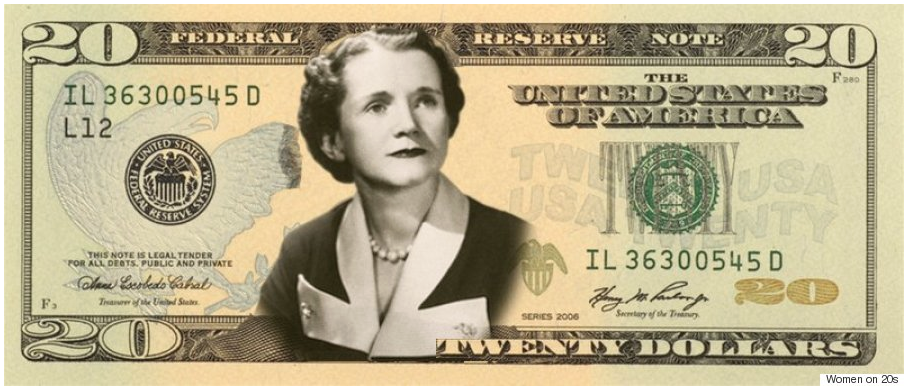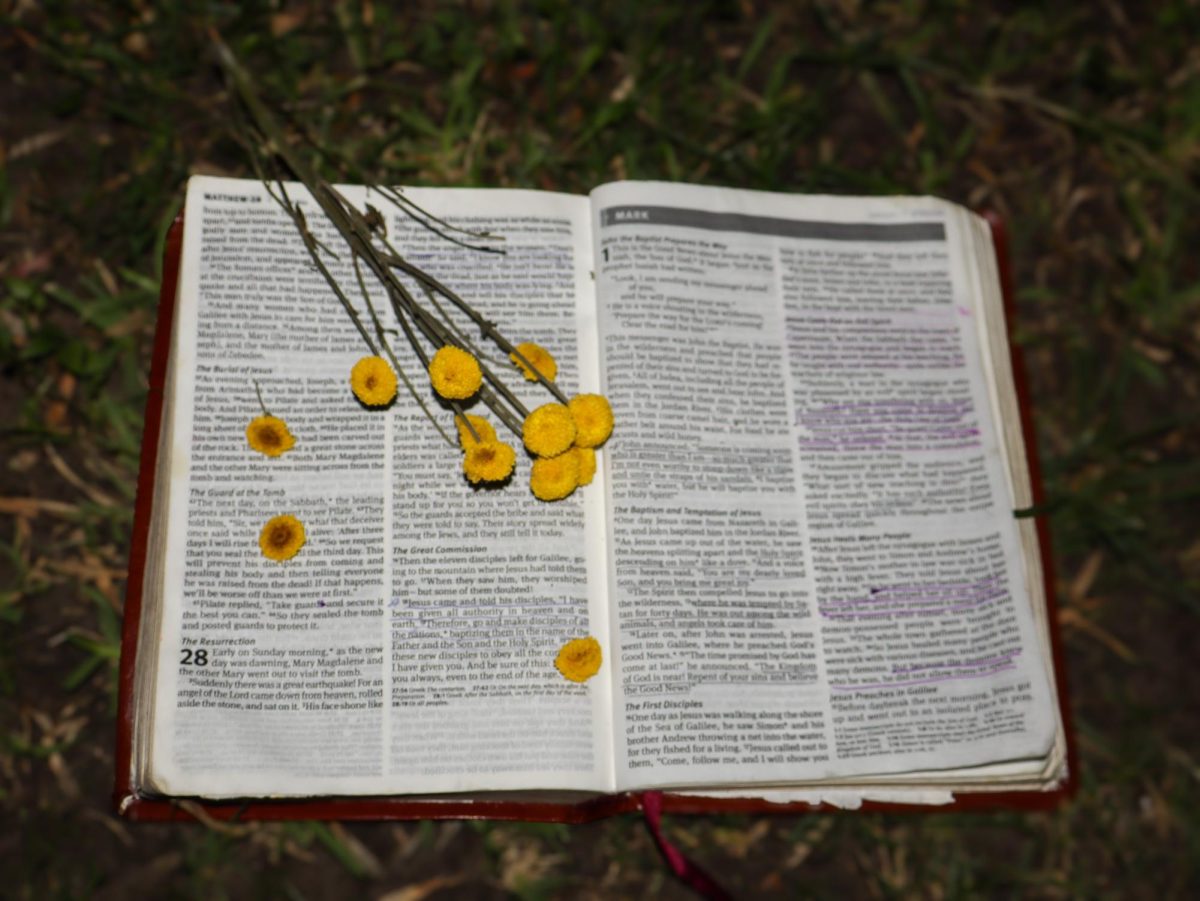“If she can’t see it, she can’t be it,” caught my attention in an article from the Guardian in 2013. The article itself focuses on the importance of media representation. The writer, Rebecca Brand, stresses “What message are we giving those impressionable minds about women? And how might we be cutting the ambitions of little girls short before they’ve even had the chance to develop properly?” I ask myself these questions on a daily basis as I am assaulted by the media.
A recent US study proves there is only “one female character to every three male characters across the board in family films, and in those same films women make up only 4.5 percent of character in positions of political power,” according to the Guardian article. So it did not surprise me when I learned women only made up 19 percent of of the 113th, 2013-2014, membership of Congress, according to the United States Senate. More representation of powerful and successful women needs to occur in order to dispel the marginalization of women that happens in the world. Children grow up watching films that make them believe they can fly by jumping off the roof with an umbrella or they will receive a letter by owl on their 11th birthday — proving the power and influence of representation. But what hits people harder than films? What makes the “world go around?” Money.
The W20 organization has a mission — to put a woman on the 20 dollar bill, hence the organization’s name, “Women on the 20’s.” When bringing up my excitement for this campaign, I received a lot of “But we already have women on our money.” Well, sort of. Susan B. Anthony became the first female on an American coin, but less than 800 million were created, according to womenon20s.org. Sacagawea is also on our money, but only three million exist — a number far less than Anthony’s. And the Alabama quarter hosts Helen Keller on the tails side. That concludes the list of women displayed on our currency.
“Let’s make the names of female ‘disrupters’ — the ones who led the way and dared to think differently — as well-known as their male counterparts. In the process, maybe it will get a little easier to see the way to full political, social and economic equality for women,” says W20’s website. The influence of this representation will help shape the future for gender equality.
W20’s current website, womenon20s.org, introduced a voting program for those in support of their mission. Hundreds of thousands of people voted, and now they are down to their top four finalists: Wilma Mankiller, Harriet Tubman, Rosa Parks and Eleanor Roosevelt. Each one of these women is an excellent choice — I encourage you to vote for any of them. And hopefully with President Obama’s support, we will hold a 20 dollar bill with a successful woman’s portrait.
By displaying a ‘disruptive’ woman on the 20 dollar bill, we would be taking a historic step in closing the gender gap by honoring a woman from our nation’s history just as we do the men of history.







